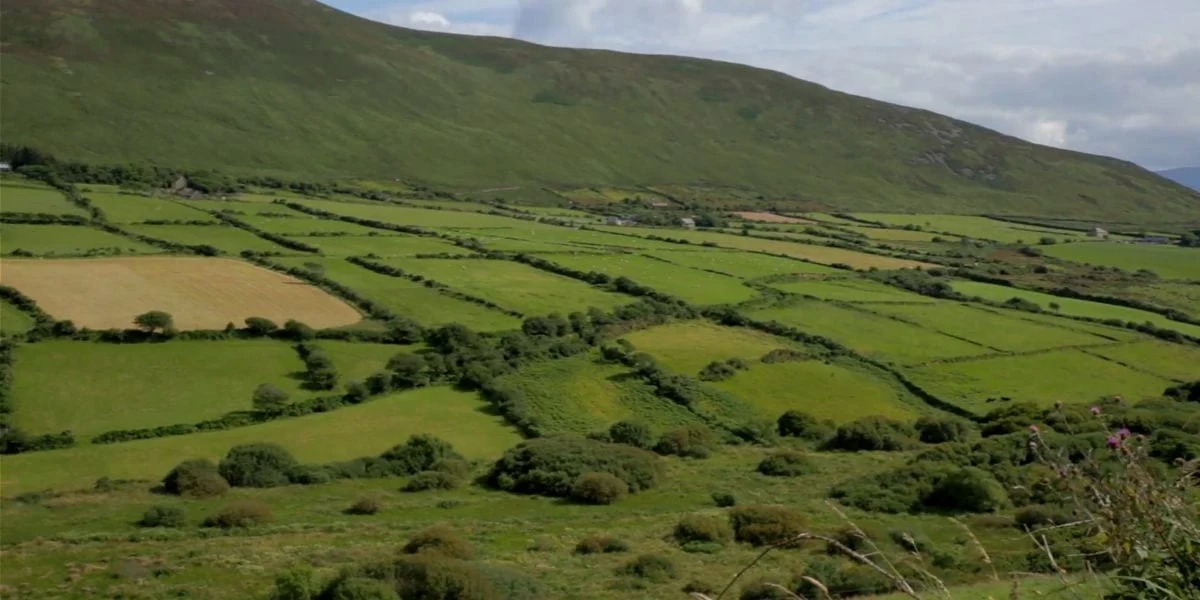The color green, now synonymous with St. Patrick’s Day and the lush landscapes of Ireland, was historically regarded with fear and superstition among the Irish population. Instead of being celebrated, green was associated with sickness, death, and misfortune for much of Irish history.
This aversion to green likely stemmed from various factors, including cultural beliefs and historical events. The devastating Irish potato famine of 1845 to 1852, during which millions perished due to starvation and disease, played a significant role in shaping the negative perception of the color green.

Irish Flag (Credits: Hampshire Flag Company)
It’s reported that individuals afflicted by famine-related illnesses sometimes exhibited a greenish pallor before succumbing to death, reinforcing the association between green and mortality in the collective consciousness.
Researcher Elsa Goldina Herzfeld, in her 1905 collection titled “Family Monographs: The History of Twenty-Four Families Living in the Middle West Side of New York City,” documented the lives of Irish immigrants and other families residing in West Manhattan at the turn of the 20th century.
Through her work, Herzfeld revealed the deeply ingrained superstitions prevalent among the Irish community, including a strong aversion to wearing green.

Rolling Green Hills of Ireland (Credits: Crossroads Initiative)
According to Herzfeld’s research, the Irish harbored a widespread belief that donning green attire could bring about calamity and death. She recounted an anecdote wherein a young girl purchased green fabric to fashion a dress, only to fall ill shortly after.
Tragically, her brother also succumbed to illness, further cementing the community’s apprehension towards the color green. The family Herzfeld interviewed attributed the girl’s misfortune and her brother’s demise to their decision to engage with the color green, reflecting the pervasive fear surrounding its use.
These historical accounts shed light on the complex relationship between color symbolism, cultural beliefs, and collective trauma. While green has since become a cherished symbol of Irish identity and pride, its dark past as a harbinger of sickness and death remains a poignant reminder of Ireland’s tumultuous history.























